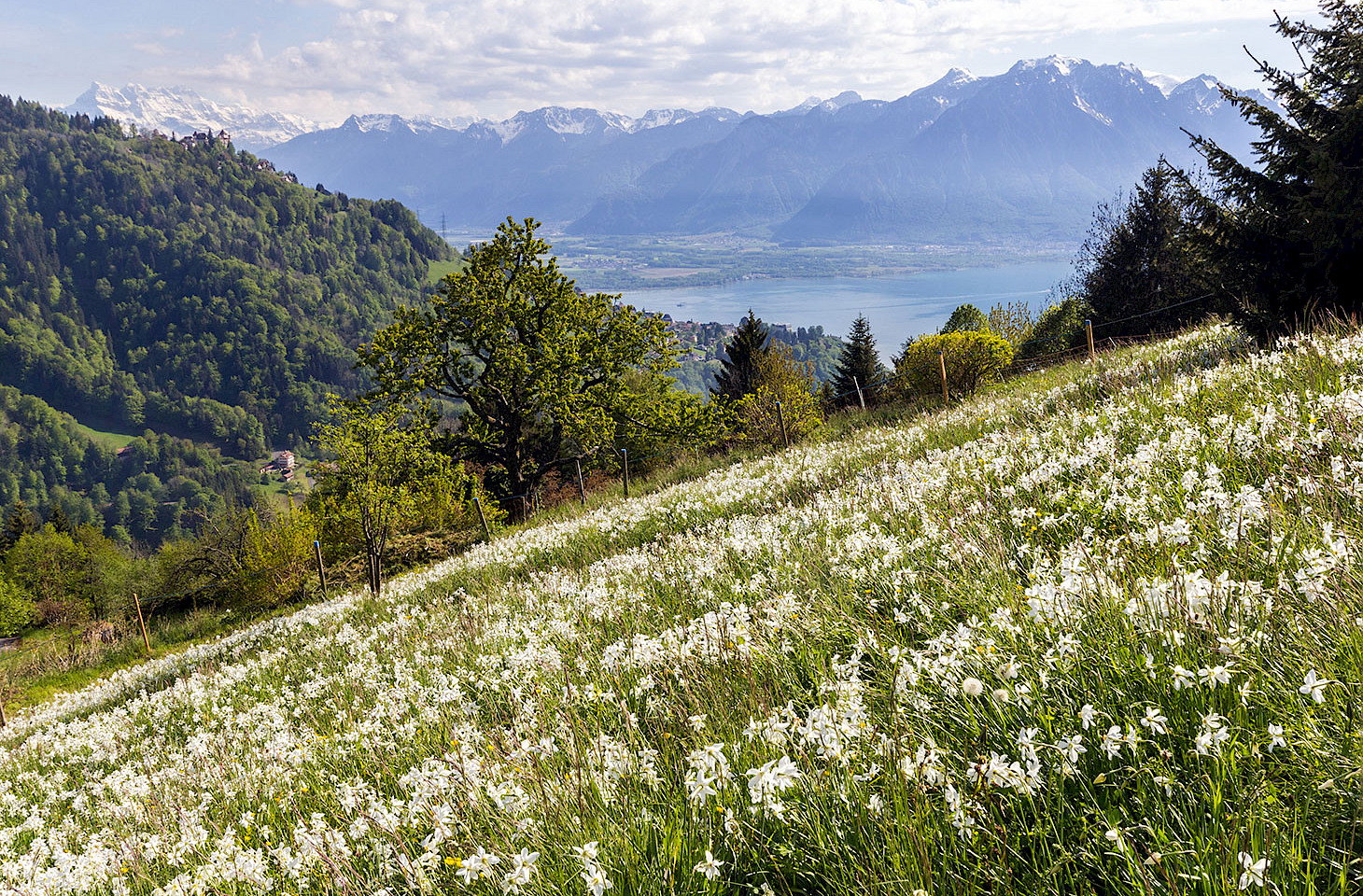Dear fellow travellers
Paris’ fifteenth arrondissement is quite something. From Montparnasse — a quarter of the capital reserved for arriving, departing, artistically lingering or just carousing — the fifteenth sprawls south towards the boulevard périphérique. At the heart of this district is Vaugirard. Not entirely fashionable, often overlooked and many Parisians could perhaps not quite pinpoint where it is. There is the ghost of Vaugirard on métro line 12, where the once-independent commune of Vaugirard is recalled in a station name.
We are steadily continuing our programme of making available the full text or articles published in print in hidden europe magazine. Earlier this month, we published the full text of three articles on the theme of art and landscape. And, believe it or not, one focuses on Vaugirard. The other two articles in that trio look respectively at 19th-century artists’ colonies (including Barbizon of course) and Albert Operti’s polar art. Operti was an interesting man. He was a founding member of the Arctic Club of America (ACA) — the only person in the early days of the ACA to secure membership without expedition experience. He made one visit to northern Scandinavia and just two to Greenland, but his paintings gently evoke the spirit of polar landscapes.
Today we are releasing another trio of articles in full text format. All three are on Greek themes. There is a tight geographical focus here as all three articles are set in the Peloponnese region of southern Greece. We are grateful to Duncan JD Smith, author of the articles, for granting permission to now publish these pieces online. These features trace Duncan's explorations of the Peloponnese.
The first is on the Mani area. Patrick Leigh Fermor's 1958 book on the Mani region of southern Greece helped put Mani on the map. Today it pulls the tourist crowds, but Duncan's article shows how it still retains a raw appeal. The second piece explores the house where Leigh Fermor lived. When Patrick and Joan Leigh Fermor settled at Kalamitsi in the Peloponnese, their home became a creative magnet as writers and artists made the journey along dusty roads to spend time with the Leigh Fermors. Finally, Duncan's third feature focuses on the island citadel of Monemvasía which once enjoyed a key strategic location on major Mediterranean shipping routes. No wonder, therefore, that many have sought to secure control of the rock that is often referred to as 'the Greek Gibraltar'.
Having worked for many years in the publishing industry selling other travel writers’ books, Duncan decided in 2003 to start writing and illustrating his own. We came to know Duncan through a common interest in the history of travel writing – most particularly in the Penguin Cerise series which from 1936 to 1959 helped define the art of travel writing in the English language. Over the years, Duncan wrote many pieces for hidden europe, covering not just Greece but also the island of Malta, his adopted home town of Vienna, the Thames Valley and more besides.
Duncan’s work has taken him to four continents in search of curious places, from the wartime bunkers of Berlin and the baroque gardens of Prague to the souks of Damascus and the rock-cut churches of Ethiopia. His European findings are being published in a wonderful series of guidebooks – the Only In Guides. Volumes on Berlin, Boston, Budapest, Cologne, Dubrovnik, Edinburgh, Hamburg, Krakow, London, Munich, Paris, Prague, Seville, Trieste, Vienna and Zurich have been published, with Marseille in preparation. Find out more about Duncan and his work at www.duncanjdsmith.com and www.onlyinguides.com.
Next week we shall be making the full texts of three more articles available. They pivot on a theme close to our heart: islands. Our colleague Paul Scraton will say more in the next issue of Letter from Europe.
Susanne Kries and Nicky Gardner




